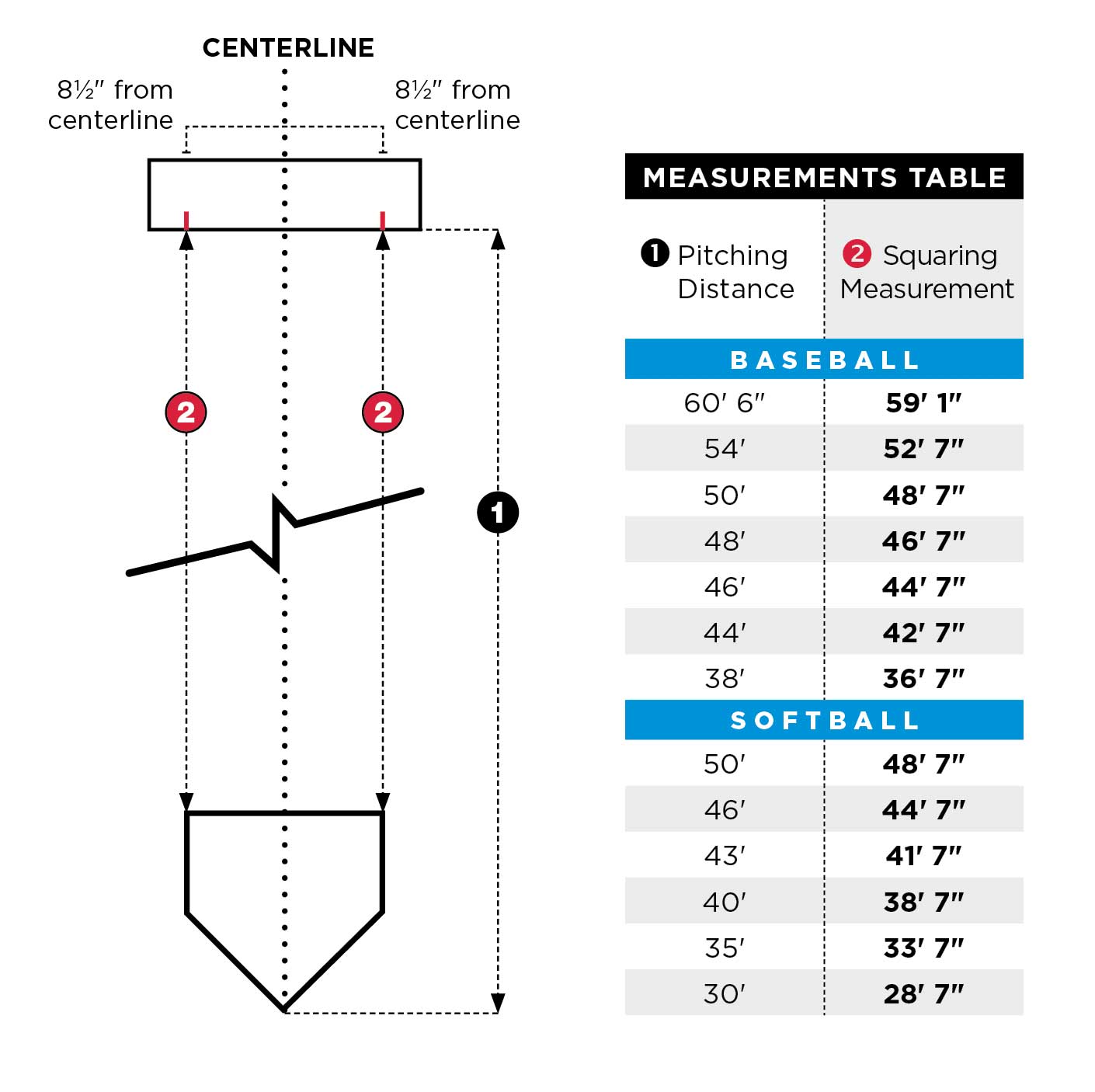What Pitching Outs Are
Pitching outs specifically denote outs in baseball resulting directly from a pitcher's actions, such as strikeouts, groundouts, flyouts, or forceouts. An out occurs when a batter is retired during their plate appearance, contributing to a team's defensive effort to end an inning.
How Pitchers Measure Outs
Pitchers quantify outs using objective metrics and data tracking:
- Total Outs Recorded: Count the number of outs directly attributed to a pitcher in a game or season.
- Innings Pitched (IP): Calculate IP by dividing total outs by three (since each inning requires three outs); this standard stat reflects outs accumulated over time.
- Out Percentage: Compute outs as a percentage of batters faced, highlighting efficiency in retiring opponents.
- Game Logs and Analytics: Use real-time data and software to track outs per pitch or batter, enabling performance evaluation and strategy adjustments.
These measurements help assess a pitcher's control, endurance, and overall contribution to team defense, with outs serving as a foundational metric in baseball statistics.









